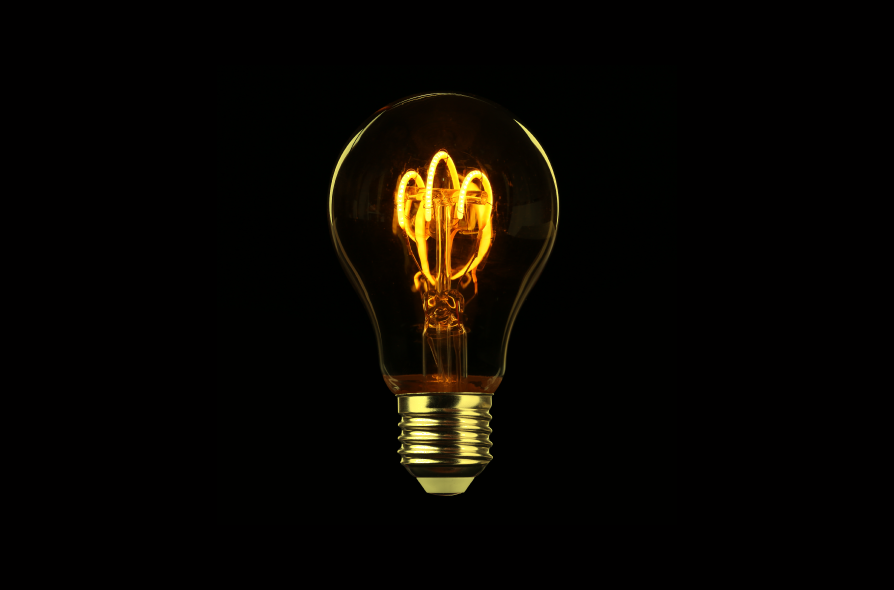19 June 2020 The importance of a good lighting design project

The benefits that come with counting on a professional to sign the conception of the lighting design project of a work are countless, regardless of whether it is residential, commercial, or corporate. In addition to ensuring access to what is most efficient being offered on the market, the lighting designer is able to highlight important points and characteristics of the environments, thereby transmitting the real needs of each location: visual comfort, ambience, accuracy.
How is a lighting design project developed?
When you count on a professional to think about the use of light and the choice of materials, the lighting project is done in stages. Firstly, the function of each of the environments is analyzed in order to have a parameter of the amount of light needed to give it the ideal usability. The same environment can receive two types of lighting or more lighting: direct light and diffuse light, being accessed according to the user’s convenience. The lighting designer then calculates the lighting level to promote full visual comfort.
Having this initial survey in hand, it is possible to determine the following characteristics:
– lighting ambiance of each location;
– choice of types of lighting fixtures;
– definition of the lamp wattage;
– choice of finishing materials, such as suggested colors to be applied in the environment
Gains from adopting lighting design projects
Good lighting gives life to the environment, enhances the elements chosen to adorn it, provides the ideal function desired for that room and also provides final savings in energy costs. There are countless gains from investing in a professional in the sector.
Knowing how to harmonize natural and artificial light is also a differential of the lighting designer. Over-lit environments cause visual fatigue. While poorly lit environments demand more of the eyesight, and even devalue aspects of the decoration of the environment.
Types of lighting and their different functions
When thinking about the ideal lighting for each environment, the professional seeks to combine the best possible effects in order to meet the function and expectations of using that space. Therefore, he or she works with the following types of lighting:
Direct lighting
The most common lighting found in all homes, offices, and stores, at least in some of their environments. It is that type of lighting calculated to directly affect objects, and a luminaire or desk lamp can be used for this. Its best use is for environments that require a better visual acuity such as a study and a work environment. However, when thought of in a decorative way, direct lighting can be directed to highlight some element such as a plant, a picture or decorative adornment of that environment.
Indirect lighting
This type of lighting requires some surface that bounces the luminous flux, such as the application of plaster that takes internal lighting directed to the ceiling. As a result, the light absorbed by the environment was provided indirectly, by hitting the ceiling, for example. This lighting allows to create more intimate scenarios, which provide visual comfort and is more suitable for areas that do not require extreme visual acuity. It can be combined with other types of lighting and triggered for convenience.
Diffuse lighting
The most common of all types, diffused light is that where the light source is located centrally on the ceiling of the room, thus allowing uniform lighting and without contrasts. It can also be combined with different types of lighting, being accessed when necessary.
The ideal choice
Given what has been presented so far, it is possible to think about the lighting composition taking into account the way each type of lighting directly impacts the environment. The choice of one or more models is necessary, depending on the desired result. Always remember to rely on the advice of a professional when developing a project of this nature.
Are you looking to specialize in the use of light and obtain a better result in your lighting projects? The specialization Master in Lighting Design, which I coordinate by IPOG – Graduate Institute, seeks to offer this knowledge as a differential within the performance of the architect and has obtained a positive return from the market.




